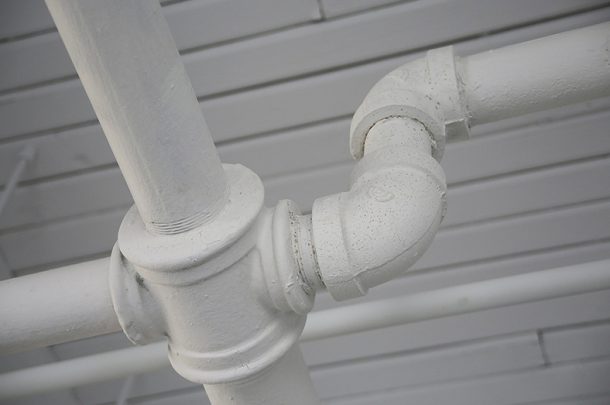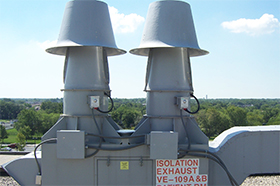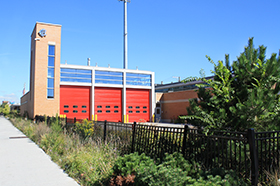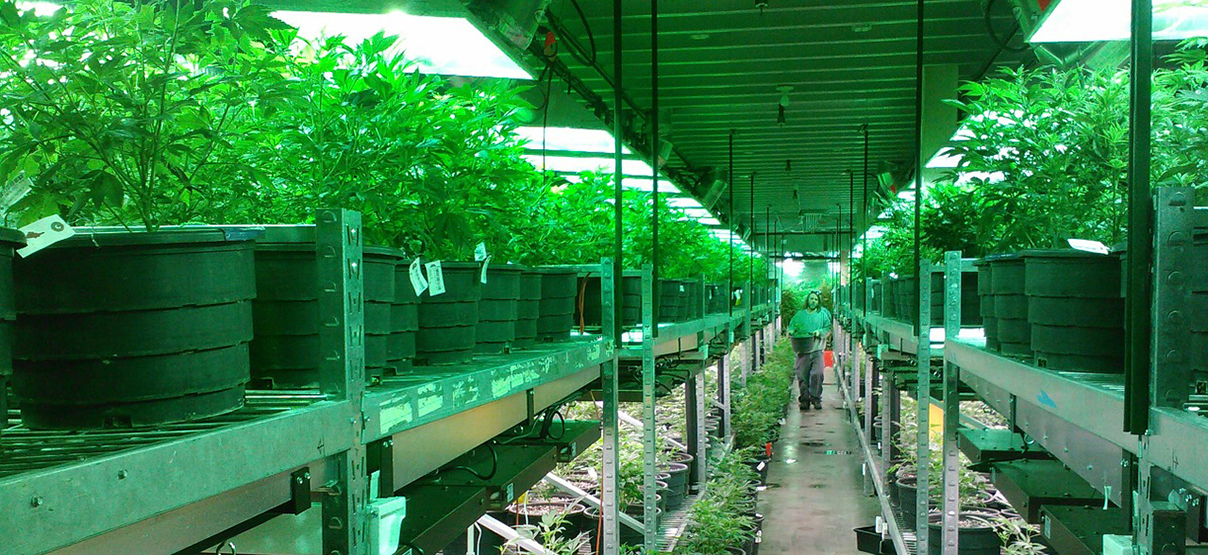
In recent years, more and more states have legalized the use of marijuana medically, and some have even taken it a step further by legalizing or decriminalizing it for recreational use. This increased demand has resulted in a massive influx of various types of marijuana facilities for use in growing, storing and selling the legalized product.
To put this into perspective, Colorado for example, has three times the number of marijuana facilities than there are Starbucks.1 So why should we care about this within the AEC and building industry? Given the current trajectory of the medical marijuana industry, it’s safe to say that facilities will continue budding (pun intended) in the coming years. We, as design professionals, must fully understand these new facilities and the associated hazards to provide the safest and best design for our clients. First, let’s review the various types of facilities that are used in the marijuana growth and distribution process:
- Marijuana Storefront: This is where marijuana is sold. Dispensaries and similar storefronts are the most talked about type of facility, but, in terms of hazard, they are very similar to any other mercantile occupancy.
- Marijuana Growing Facility:Usually located indoors, this is where marijuana plants are seeded and grown. Aside from security and pest/vermin issues, growers prefer the utmost control of the plant’s environment to allow for the greatest yield and profits. These facilities are a moderate hazard, commensurate with other industrial factories.
- Marijuana Processing Facility: Just like our fruits and vegetables, marijuana plants must ultimately be harvested. This involves trimming and drying the flowers. This is also considered a moderate factory hazard, but if you have seen any of the dry Christmas tree fire videos2 you know that dried plant matter can quickly result in a serious fire.
- Marijuana Extracting Facility: Many marijuana products, such as edibles, require the THC (the principal psychoactive component) to be separated and extracted from the plant matter. The extraction process is likely one of the most dangerous aspects of the industry. Depending on the type and quantity of gas or liquid used in the extraction process this type of facility can be considered a high-hazard occupancy.
Despite some of these facilities resembling other spaces that design professionals may be more accustomed to designing for, there are still unique design considerations and risks that should be accounted for, such as:
- Grow Lights:High pressure sodium lamps, often up to 1000 watts, are used to simulate sunlight. These lights have an intense electrical draw, becoming very hot and can pose a fire risk. Electrical circuits must be designed to handle the large loads and lights must not be placed near combustible materials.
- Carbon Dioxide: Plants love CO2 , so the growing areas are often artificially enhanced within grow spaces. CO2 is also often used in the extraction processes. In either case, high quantities of the gas can pose an asphyxiation risk to those working near it. Therefore, additional detection mechanisms may be required in conjunction with appropriate ventilation.
- Ozone: Marijuana facilities often use ozone to attempt to control odors within the space. Ozone can be toxic and is a powerful oxidant. All equipment used in the facility must be sized properly, and appropriate ventilation provided.
- Extraction Processes: The extraction process often uses flammable gases in large quantities. Care must be taken to ensure these are closed systems or designed per code based on amounts being used within the facility to mitigate explosion risk.
- Egress: Facilities often have multiple warehouse-sized rooms for various stages of plant growth. Each of these rooms usually contain rows and rows of plants, which can become a labyrinth. Appropriate travel distances for egress must be observed.
Given these additional considerations and issues with these growing facilities, the industry has begun to address codes and standards. For example, the National Fire Protection Administration (NFPA) recently added a new Chapter 38 entitled “Marijuana Growing, Processing, or Extraction Facilities” to the 2018 edition of NFPA 1 Fire Code3. Additionally, many jurisdictions are creating amendments or specific design guides to clearly convey how the International Building Code (IBC) should be applied to such facilities. While there has been some progress made toward the technical safety of marijuana facilities, they are still relatively new and can still pose unfamiliar liabilities. As design professionals, we must be extra cautious when working on these facilities and consider potential hazards and unexpected risks. Safety, for all involved, is always a critical design element.
To learn more about the special design issues of the marijuana industry please contact Amanda Beck Larkin.
References:







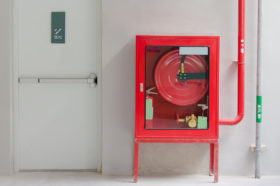
 Alternative Approaches to Life Safety Compliance
Alternative Approaches to Life Safety Compliance 

